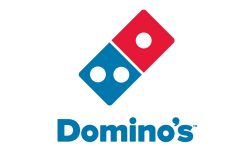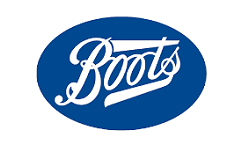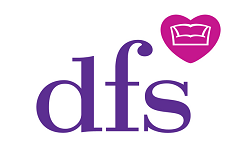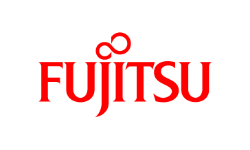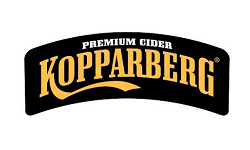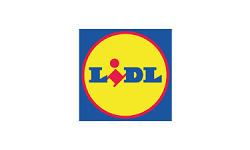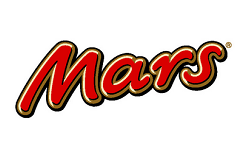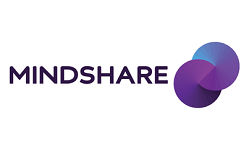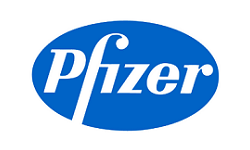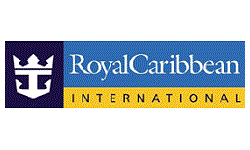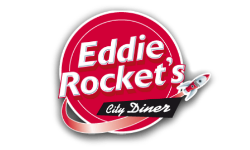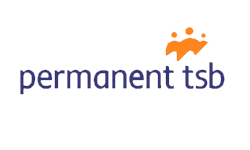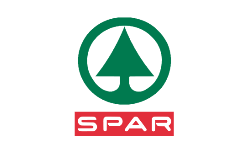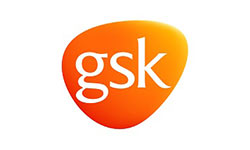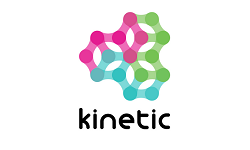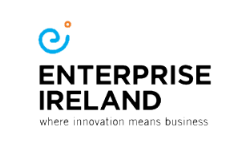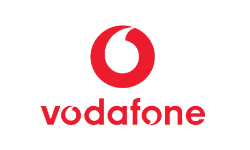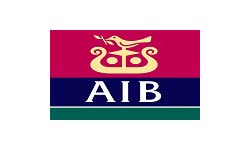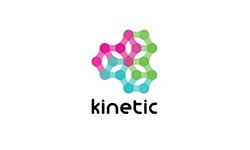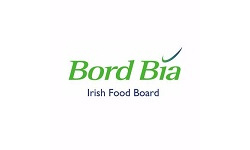-
Range of Pricing Models used by iReach
iReach use different pricing models when making strategic pricing decisions, but real-world attitudes towards prices are far more complex so the choice of model and sample size are critical. iReach select the best technique that provides purchase-likelihood unique to each category such as FMCG or product SKU. The correct model will estimate a revenue index curve, highlighting the price that maximises overall revenue and margin for a product.
-
Choice of Pricing Models Used
Willingness to Pay – Consider simply asking respondents “How much would you be willing to pay for this?” when first researching pricing for a new product or service category. This technique is most useful as an input to subsequent, more elaborate pricing research.
Van Westendorp PSM – When first mapping out consumer perspectives on price ranges for a product or service, this four-question battery created by Peter Van Westendorp can be used to identify prices that are considered too cheap, cheap, expensive and too expensive.
Newton, Miller and Smith’s Extension to Van Westendorp PSM – This two-question battery follows up the Van Westendorp questions by asking about purchase likelihood at the prices the respondent has identified as “cheap” and “expensive”, allowing you to construct a purchase likelihood curve from the results.
Monadic Price Testing – Once you understand the market’s perspective on appropriate different price points, you can test those price points against one another. Present only one price point to each respondent, then compare purchase intent across the different response cells.
Value Maps – When considering the competitive pricing environment, graphing perceived quality against perceived cost can be used to identify which brands are likely to gain, maintain or lose market share.
Elasticity Models – Real-world sales data or estimates can be used as inputs into elaborate pricing models designed to account for rises in product prices, category elasticity, demand item elasticity, impact of different retail channels and more.
-
Key Benefits of iReach Pricing Research Methods:
- Cost effective and affordable research throughout Ireland and the UK, Europe and Internationally
- Fast turnaround and full data analysis and reporting by iReach Analysts in each region
- Support multi-country and multi-lingual surveys within a single project managed centrally with single point of contact and truly integrated reporting across different currencies.
- Flexible choice of models to ensure the best fit is chosen to match industry category, product category or SKU
